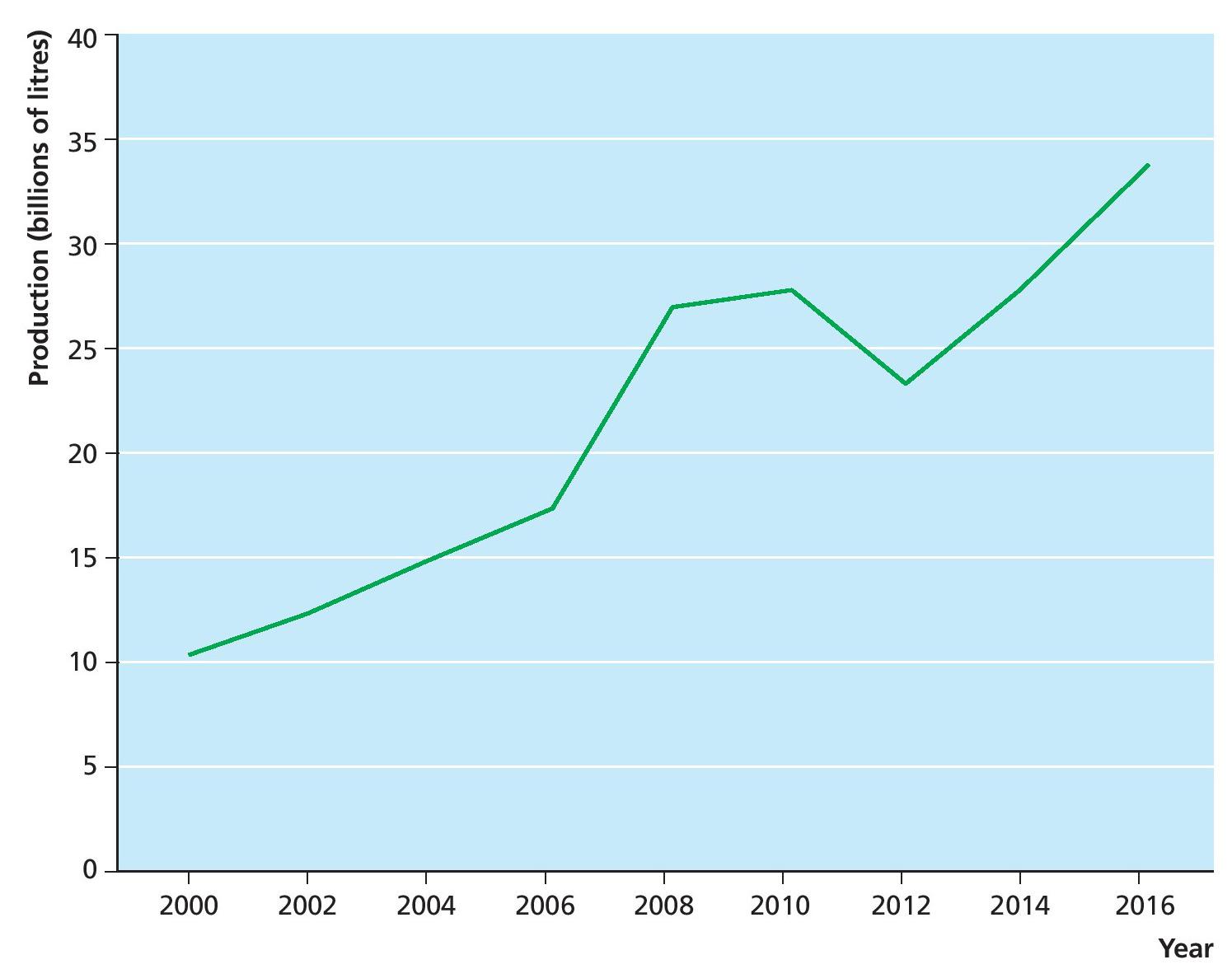
This Question and Answer looks at a ramped sequence of 3, 6 and 12-mark questions. The 3-mark question is point-marked, whereas the 6 and 12-mark questions are marked using levels. Both the 3 and 6-mark questions only test Assessment Objective 1 (AO1), knowledge and understanding, whereas the 12-mark question tests AO1 and AO2 (interpretation, analysis and evaluation). Longer questions worth 12 marks or more always test AO2 and use command words such as ‘assess’ and ‘evaluate’. These indicate that answers need to demonstrate higher-order thinking skills by weighing up arguments, and making evidenced judgements and supported conclusions.
This Question and Answer can be used by students studying other A-level specifications, bearing in mind different question styles, mark tariffs and mark schemes.
Your organisation does not have access to this article.
Sign up today to give your students the edge they need to achieve their best grades with subject expertise
Subscribe




